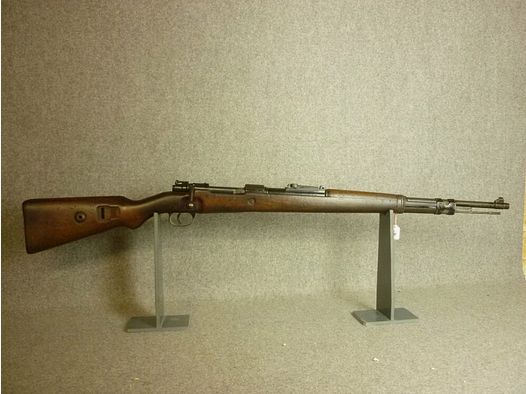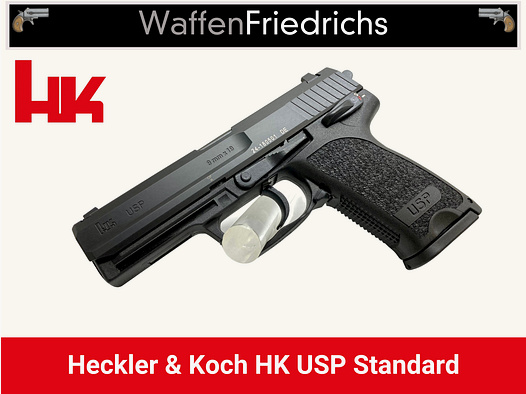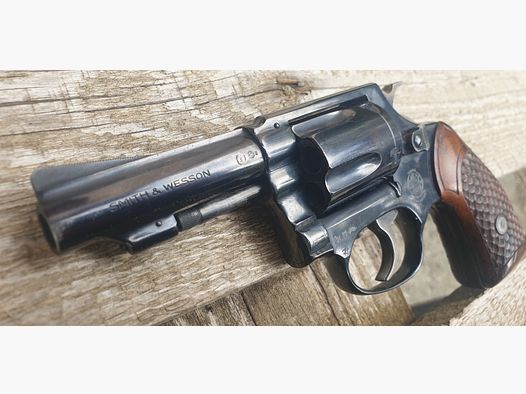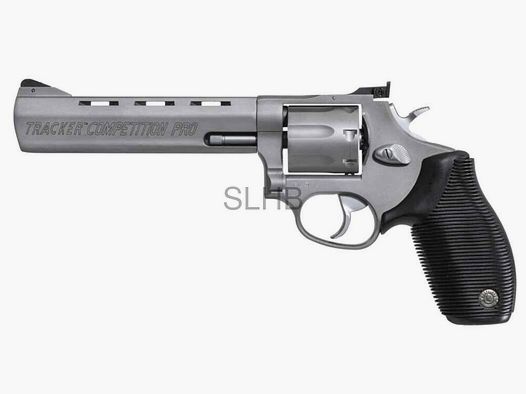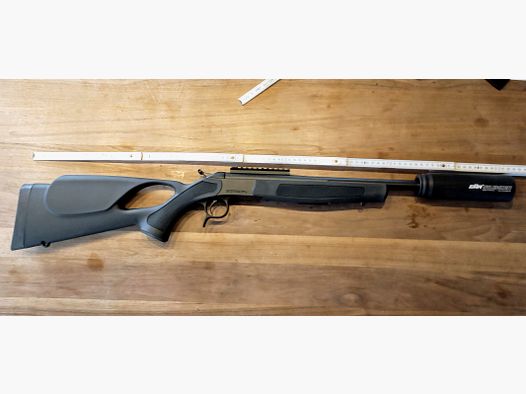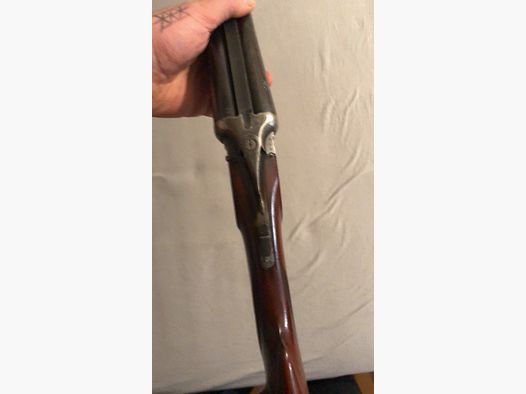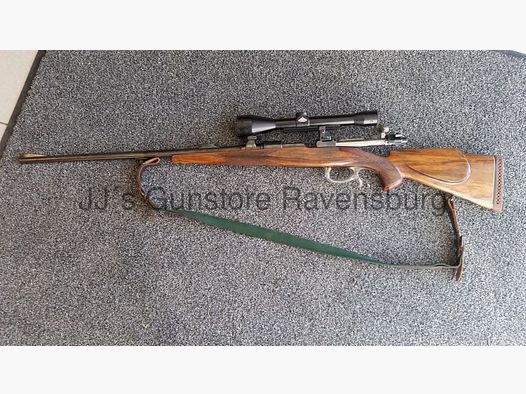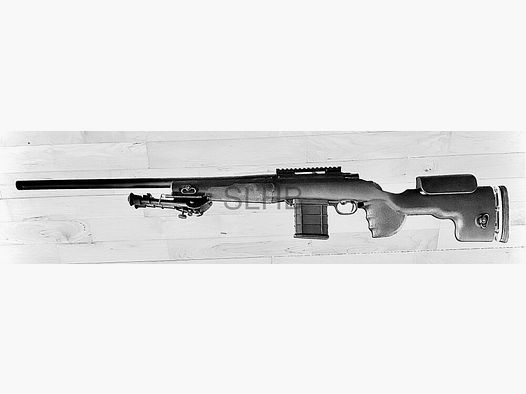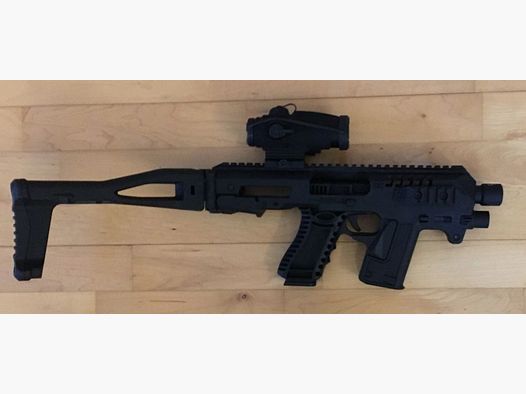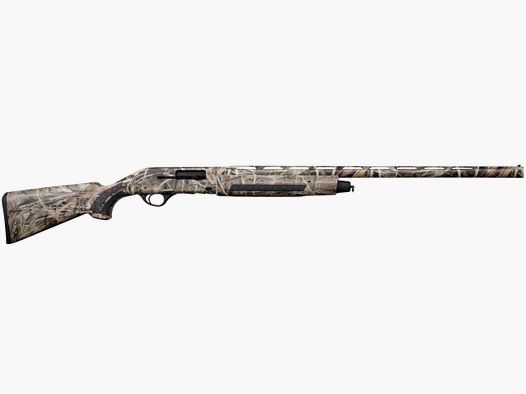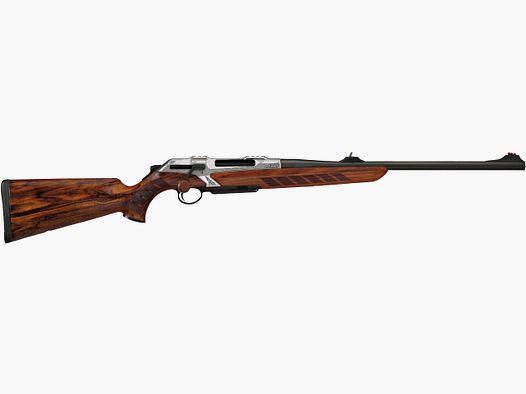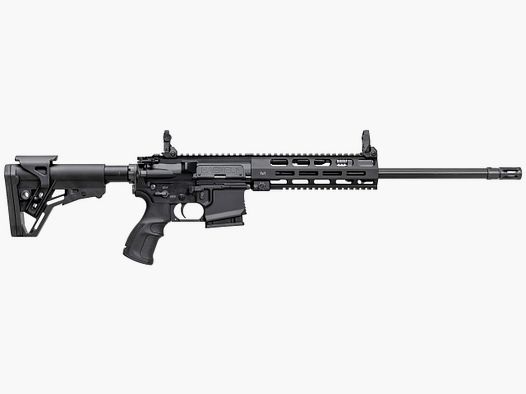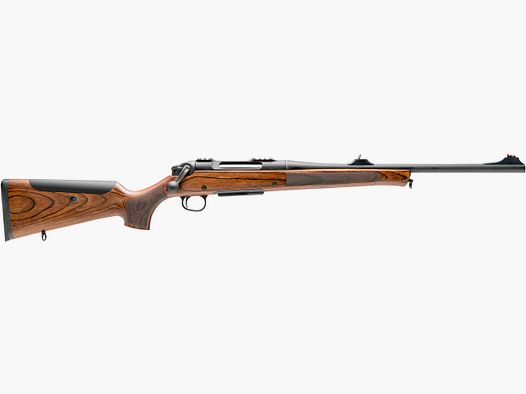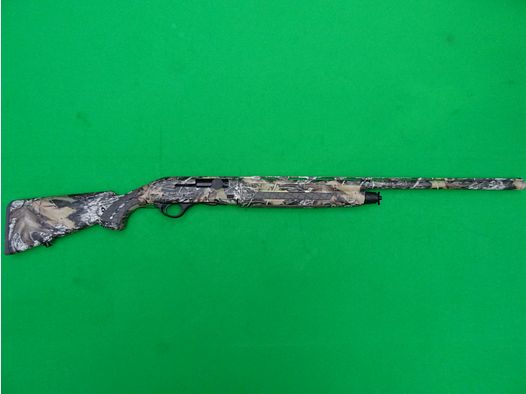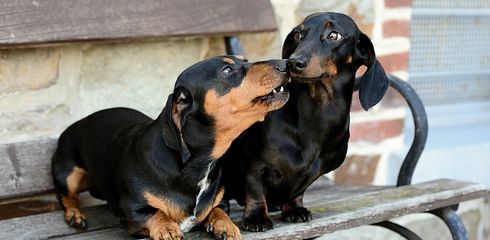The "blood tracking work with dogs" is an essential part of hunting, focusing on the collaboration between hunter and dog. This work involves tracking and following injured game using a well-trained hunting dog that specializes in the so-called "blood" of the animal. The breeds particularly suited for this task are the Hanoverian Bloodhound (HS), Bavarian Mountain Bloodhound (BGS), and Alpine Dachsbracke.
Historical Significance and Development
For centuries, hunters have used dogs to track injured game. A dog's ability to follow even the smallest traces of blood has proven invaluable. Originally, breeds such as the Hanoverian Bloodhound, Bavarian Mountain Bloodhound, and Alpine Dachsbracke were specifically bred for this task. These breeds are characterized by their excellent sense of smell and endurance.
The Hanoverian Bloodhound is one of the oldest blood tracking breeds and has its roots in medieval Germany. It was specifically bred for tracking injured large game. The Hanoverian Bloodhound is known for its keen sense of smell and its ability to pick up and follow tracks even under difficult conditions.
The Bavarian Mountain Bloodhound was developed in the 19th century in the Bavarian Alps to meet the special requirements of hunting in mountainous regions. This breed is smaller and lighter than the Hanoverian Bloodhound, which helps it navigate difficult terrain. Despite their smaller size, they are just as effective in tracking injured game.
The Alpine Dachsbracke is a robust and versatile breed originally developed for hunting badgers and other small animals in the Alps. In addition to its role as a blood tracking dog, it is also used for burrow hunting. Its keen sense of smell and endurance make it an excellent companion for blood tracking work.
Training and Education
The training of a blood tracking dog is a lengthy and intensive process. It often begins at a young age and includes both basic obedience and specialized tracking work. The dogs learn to follow different scents and distinguish the blood trail of an injured animal from other odors. The collaboration between dog and handler is also crucial: the dog must listen to its handler's commands, while the handler must be able to interpret the signs and signals of their dog correctly.
Training of the Hanoverian Bloodhound
The training of a Hanoverian Bloodhound focuses heavily on developing and refining its natural sense of smell. These dogs are often trained in specialized programs that include intensive tracking work and learning basic obedience.
Training of the Bavarian Mountain Bloodhound
The Bavarian Mountain Bloodhound is trained similarly to the Hanoverian Bloodhound, but with a special focus on adapting to mountainous and difficult terrain. Their training often includes exercises at various altitudes and under different weather conditions.
Training of the Alpine Dachsbracke
The training of the Alpine Dachsbracke is versatile and includes both blood tracking work and burrow hunting. These dogs must learn to work effectively both above and below ground. Their training emphasizes the distinction of scents and endurance in tracking.
***
***
Practical Application
In practice, blood tracking work begins after a successful shot that does not immediately take down the game. The dog is set at the point of impact, where it picks up the trail. Depending on the terrain and weather conditions, the tracking can take several hours. The patience and precision of the dog are crucial here to find the injured animal and, if necessary, relieve it of its suffering.
Application of the Hanoverian Bloodhound
Hanoverian Bloodhounds are particularly suited for tracking in flat to slightly hilly areas. Their strength lies in their ability to follow even the smallest blood traces over long distances.
Application of the Bavarian Mountain Bloodhound
The Bavarian Mountain Bloodhound is particularly effective in mountainous and difficult terrain. Its compact size and endurance make it ideal for tracking in the Alps and other mountainous regions.
Application of the Alpine Dachsbracke
The Alpine Dachsbracke is versatile and suitable for tracking in forests as well as in mountainous areas. Its ability to work underground makes it especially valuable for burrow hunting.
Importance for Animal Welfare
Blood tracking work significantly contributes to animal welfare. By using blood tracking dogs, it ensures that injured game is quickly found and relieved, minimizing unnecessary suffering. Furthermore, it promotes an ethically responsible hunting practice that prioritizes the well-being of the game.
Conclusion
Blood tracking work with dogs is an indispensable part of modern hunting. It combines centuries-old tradition with responsible hunting practices and demonstrates the close partnership between humans and animals. A well-trained blood tracking dog, whether a Hanoverian Bloodhound, a Bavarian Mountain Bloodhound, or an Alpine Dachsbracke, is not only a loyal companion but also a guarantee for a successful and ethically sound hunt.



